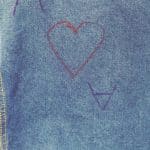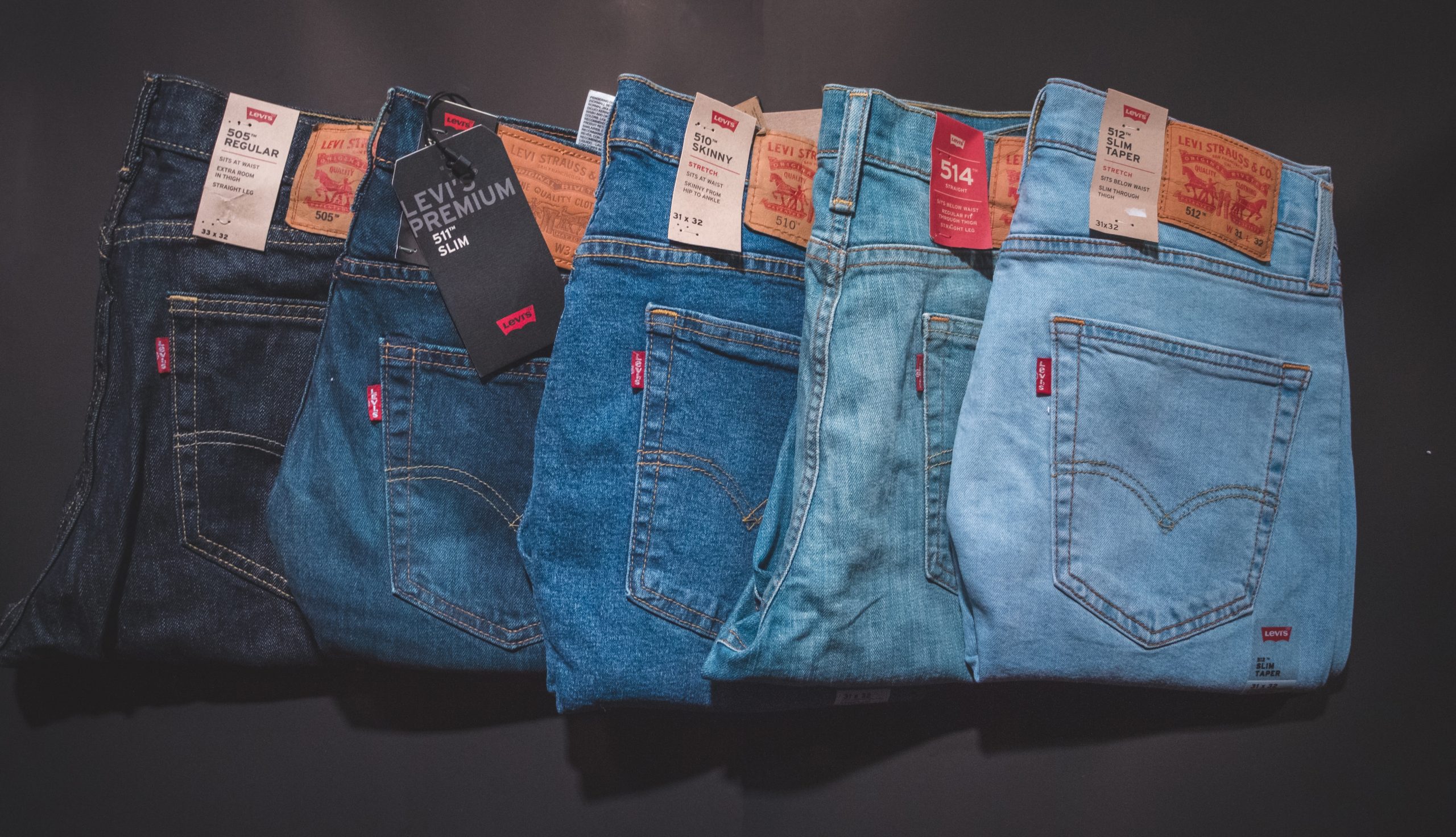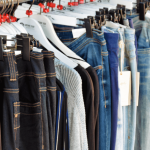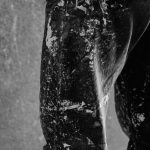Denim is among the most well-known materials in the world. When you say “denim jeans,” everyone in the room knows exactly what you are talking about. It is a popular fabric that transcends national and cultural barriers, and denim is now a global icon of American culture.
History of Denim Fabric:
The term “denim” comes from the French phrase serge de Nimes; it indicates a certain type of fabric manufactured in Nimes, France. This cloaking cotton weave type became popular over time, and it even migrated to neighbouring Italy.
Genoa rapidly rose to prominence as the world’s top supplier of serge de Nimes. When this cloth regained popularity in the American Gold Rush, the name “jeans” lingered because the French title for Genoa is ” Genes “.
Gold miners favored denim-weave cotton for its repairability and durability. Even though the availability of complementary dye shades in the American West, producers such as Levi Strauss continued to use the indigo blue color that Genoan textile merchants had first turned to out of need.
Denim Fabric Today:
Since the 1850s, denim fabric has been widely used in jeans. Blue jeans have lasted longer than any other clothing item in American society, making that a set of Levi jeans in your wardrobe a cultural artefact.
With time, US denim makers began to produce various fashion items from denim, and now you can also buy home decor pieces manufactured from this durable and visually appealing fabric. Though blue jeans were formerly only made in the United States, most denim production moved elsewhere during the late twentieth-century manufacturing migration.
Denim fabric now exists in several varieties to list, and it’s been mixed with a slew of other fabrics and weaves as designers rushed to define the most recent denim fashion trends. In contrast, traditional Levi 501s are still extremely popular across the world, as well as a niche business has sprung up around “raw denim,” which is a phrase that every hipster is familiar with.
Denim’s popularity continues to grow worldwide, and it’s likely that this weave will continue to be produced as long as cotton stays a popular textile.
Types of Denim Fabric:
There are numerous types of denim fabrics, including:
Rigid or 100% cotton denim:
The fabric for regular denim is comprised entirely of cotton. This is the classic denim fabric, which is extremely tough, durable, and adaptable. It does not contain elastane fibres.
Dry or Raw Denim:
In contrast to washed denim, raw or dry denim is a type of denim fabric that has not been cleaned after being dyed. Unlike the conventional distressing aspect of normal jeans, it has a fairly even appearance. It is critical to pre-wash the raw denim before stitching since it will become softer & shrinkage will be reduced.
Selvedge Denim:
This is a type of denim fabric with a band around the edges, usually red or orange in color. It’s also known as selvedge denim or self-edge denim. This is widely regarded as of higher quality than other denim types. Japan is the world’s leading manufacturer of this sort of denim fabric.
Poly Denim:
Poly Denim with a mix of Polyester fibres woven in. This fabric is exceptionally soft to the touch, easy to care for, and stretches to a degree; it is widely used to sew coats, shirts, and caps. The polyester blend enhances denim’s smoothness, durability, and finish.
Ramie Cotton Denim:
This one is made of either polyester, cotton, or spandex, which helps to keep the cloth from wrinkling and preserves its shape. It has a silkier appearance and is ideal for overalls, dresses, and tops.
Bull Denim:
Due to its 3*1 twill weave, this fabric is incredibly durable and resistant. It’s not as tough as canvas, but it’s quite strong and long-lasting. Bull denim is more commonly used for upholstery & home decor than for apparel.
Crushed Denim:
As the name implies, it’s been processed and woven in such a way that it appears permanently wrinkled and crushed.
Bubblegum denim:
Denim-infused Lycra fabric with a stretch range of 35 to 505. Frequently used in the production of women’s clothing.
Stretch Denim:
This denim fabric has been infused with elastic fibres like spandex or Lycra, giving it a stretch. The stretchiness of cloth is determined by the amount of elastane it contains. Stretch is a popular fabric for women’s jeans because it allows more added comfort.
Sanforized Denim:
Sanforization is the washing technique followed in the latest denim fabric and employed in most denim types. Sanforized jeans are smoother. However, they’re also less customizable and less durable than raw denim pants.
Slub Denim:
An uncommon denim fabric with such a unique crisscrossed weave pattern that emerges as the fabric ages. Both the weft and warp threads are made from slub or uneven yarn.
Fox fibre Denim:
The fabric is manufactured with colored cotton fibre and was patented by Sally Fox, a textile breeder from California.
Which denim fabric is best?
We talk about the various denim fabrics above, but 100% cotton denim fabric is the best one. It is durable, hard, and flexible.
In addition, cotton denim is sturdy, yet it will fit your body with each use, making your denim jeans one-of-a-kind every time you put them on.
Fabric Care Guide:
Before washing any denim fabric or item, make sure you read the care instructions thoroughly. Because most indigo dye can spill in the wash, wash denim with related colors or by itself the first time.
Denim should be washed in cold water on a medium or usual cycle. It can be dried in the dryer on a medium heat setting. However, if you want to extend the life of your denim, hang it to dry and only wash it after a few wears.
Conclusion:
Hence, you know that 100% cotton is the best denim fabric. It is highly resilient and versatile. I have also highlighted the various denim fabric types with a brief description. So, I hope this denim guide will prove informative for denim lovers.






